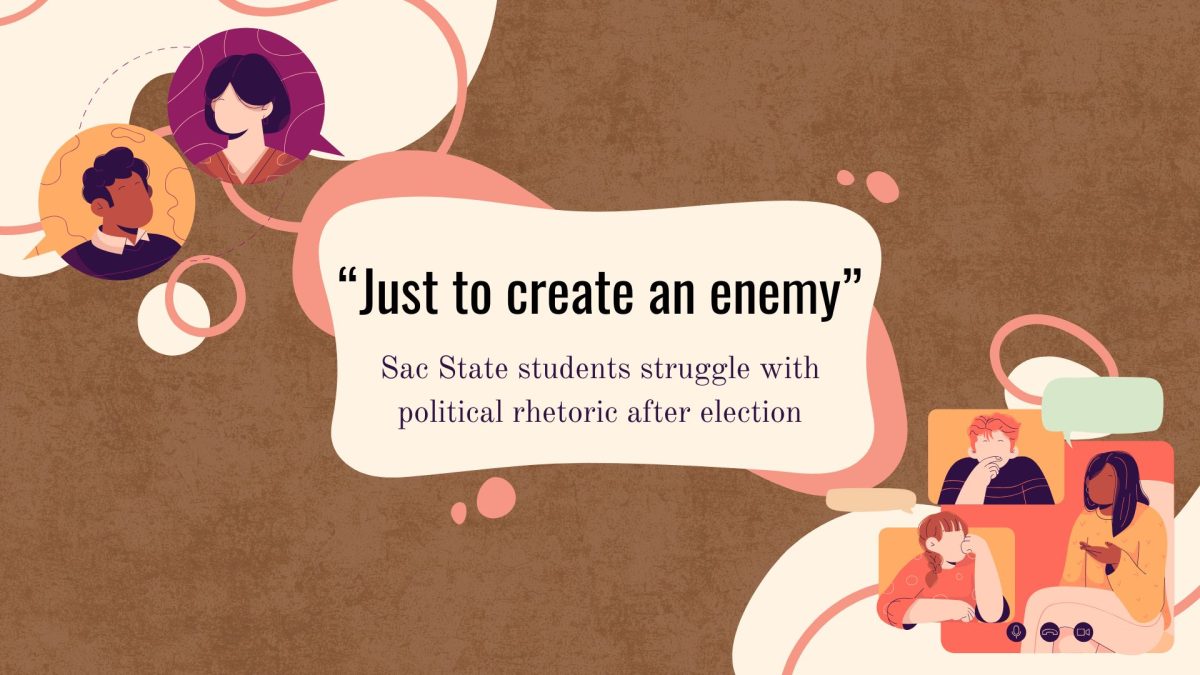Sacramento State Athletics faces staffing problems due to budget cuts
April 30, 2014
Despite several student misconceptions on the level of funding college athletics programs receive, Sacramento State’s Athletics Department remains understaffed in multiple areas.
When the recession hit around 2009, Athletics Media Relations Director Brian Berger said the department was hit harder than most other departments. Since, a decrease in state funds meant a decrease in the amount of scholarships available, which combined with an increase in fees. This caused student athletes to be hit hard on both sides.
Berger said students have a misconception of how much money the department is earning and spending because of the complexity of its financial structure, which includes the process of athletic scholarships.
“We take that money and hand it right back to the university,” Berger said. “It looks like this huge astronomical number on paper but that money is just going in a giant circle on campus.”
Not every student athlete receives a scholarship. Even though there are about 500 students in the program, 173 men received at least a partial scholarship in 2013 from an available pool of approximately 96 scholarships, while 187 women received at least a partial scholarship from an available pool of approximately 110 scholarships.
Sac State Athletics Director Terry Wanless said although the economy is starting to turning around, the department remains cautious and wants to avoid being overly optimistic.
“It’s not like there is a mountain of cash out there that we are going to start loading our wheelbarrows full, but we feel confident that things are going to improve and resources will become more available in the future than in the past,” Wanless said.
An increase in airline travel rates has been a financial problem for the department but Wanless said the staff and coaches have been very diligent in helping raise external funds through summer camps, donors and other resources to offset the losses.
Wanless said a shortage in staffing as a major concern for the department going forward and is an example of an unmet need.
In the mid 1990’s, Sac State athletics switched from Division II to Division I which required a growth in staff, but Wanless said the amount of people working various positions since the switch remains the same.
“We have the second lowest amount of athletic trainers in the conference, even though we sponsor the second most sports in the conference,” Wanless said.
In regards to the Media Relations Office, Wanless said the staff has not changed in the last 15 years with only three full-time employees to cover all 21 sports offered. With that many sports, he said the general rule would be to have at least four.
The Marketing Department and Facilities Management are both one-person staffs when there should be a minimum of at least two people.
“The need is real and it is wearing out our staff,” Wanless said “They do a great job and I appreciate how hard they work but they are doing more than they should have to do.”
Bethany Crouch, assistant director of development and recent graduate from Sac State Athletics, said the economy has impacted her department which has made them more conscientious of how and where they are spending their dollars.
Wanless said the Athletics Department is extremely important to campus and compared it to others resources available on campus.
“Not everyone is going to use the library, but they pay for that too,” Wanless said. “Athletics serves as a front porch to the university and it’s important for a campus to have a strong program that fits within the educational mission.”
Wanless said the graduation rate for student athletes is approximately 20 percent higher and the average annual GPA is higher than the student body.
“Fifty-six percent of our student athletes had a 3.0 GPA or better last fall semester,” Wanless
said.
Crouch said the student athletes are fortunate to have the resources available to succeed in the classroom with programs such as scheduled team study hall hours to ensure success.
“There are expectations of an athlete to perform well academically,” Crouch said. “We are a competitive and goal-oriented group, and our strict schedules and discipline only help in every teams’ goal to have a high GPA.”
Berger said one of the main issues the department is still trying to solve is the need for an arena, since the current gym the basketball team plays in is from the 1950s and smaller than most high school gyms. The cost of such a project would cost $30 million at the minimum.
One thing Berger takes solace in is despite all the financial difficulties over the last several years, the department has always maintained its high amount of sports offered due to an increase in student fees advocated and implemented by President Alexander Gonzalez.
“We didn’t have to cut any sports programs,” Berger said. “To keep all 21 is pretty amazing.”





























































































































